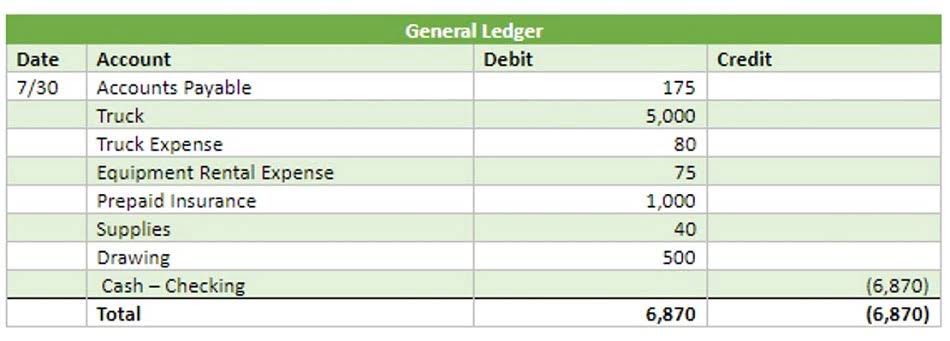How to Apply Declining Balance Depreciation Formula in Excel: 6 Examples

The double declining balance depreciation method is a way to calculate how much an asset loses value over time. It’s called double declining because it uses a rate that is double the standard straight-line method. This Interior Design Bookkeeping method is often used for things like machinery or vehicles that lose value quickly at first.

Double Declining Balance Method vs. Straight Line Depreciation
- This can make profits seem abnormally low, but this isn’t necessarily an issue if the business continues to buy and depreciate new assets on a continual basis over the long term.
- Businesses must consider these factors when estimating salvage values to maximize asset utility.
- First-year depreciation expense is calculated by multiplying the asset’s full cost by the annual rate of depreciation and time factor.
- A double-declining balance method is a form of an accelerated depreciation method in which the asset value is depreciated at twice the rate it is done in the straight-line method.
- This results in a diminishing depreciation expense over time, aligning with the asset’s decreasing utility and value.
First, determine the annual depreciation expense using the straight line method. This is done by subtracting the salvage value from the purchase cost of the asset, then dividing it by the useful life of the asset. However, when the depreciation rate is determined this way, the method is usually called the double-declining balance depreciation method. Though, the double-declining balance depreciation is still the declining balance depreciation method. But as time goes by, the fixed asset may experience problems due to wear and tear, which would adjusting entries result in repairs and maintenance costs.
What is a Contra Account?
- Double declining balance depreciation allows for higher depreciation expenses in early years and lower expenses as an asset nears the end of its life.
- The MACRS convention establishes when the recovery period of an asset begins and ends.
- Depreciation expenses are documented in the income statement, reducing net income, while accumulated depreciation appears on the balance sheet as a contra-asset account.
- This adjustment is relevant for businesses that frequently acquire new assets or dispose of old ones throughout the year.
- The MACRS method for short-lived assets uses the double declining balance method but shifts to the straight line (S/L) method once S/L depreciation is higher than DDB depreciation for the remaining life.
It’s ideal to have accounting software that can calculate depreciation automatically. Declining balance method of depreciation is an accelerated depreciation method in which the depreciation expense declines with age of the fixed asset. Depreciation expense under the declining balance is calculated by applying the depreciation rate to the book value of the asset at the start of the period. The double declining balance method is considered accelerated because it recognizes higher depreciation expense in the early years of an asset’s life. By applying double the straight-line depreciation rate to the asset’s book value each year, DDB reduces taxable income initially.

Company
Explore the double declining balance method for depreciation, focusing on calculation, adjustments, and financial reporting insights. An asset costing $20,000 has estimated useful double declining balance method life of 5 years and salvage value of $4,500. Calculate the depreciation for the first year of its life using double declining balance method. Depreciation is the process of allocating the cost of a tangible asset over its useful life.
- However, the total amount of depreciation expense during the life of the assets will be the same.
- The 150% method does not result in as rapid a rate of depreciation at the double declining method.
- Under the straight-line method, the 10-year life means the asset’s annual depreciation will be 10% of the asset’s cost.
- It reflects the asset’s reduction in value due to wear and tear, obsolescence, or age.
- This means businesses can reflect actual wear and tear in their financial statements, helping them plan expenses and taxes more effectively.

Whether you’re a seasoned finance professional or new to accounting, this blog will provide you with a clear, easy-to-understand guide on how to implement this powerful depreciation method. We’ll explore what the double declining balance method is, how to calculate it, and how it stacks up against the more traditional straight-line depreciation method. By the end of this guide, you’ll be equipped to make informed decisions about asset depreciation for your business. The double declining balance (DDB) method addresses this issue by focusing on accelerated depreciation.

